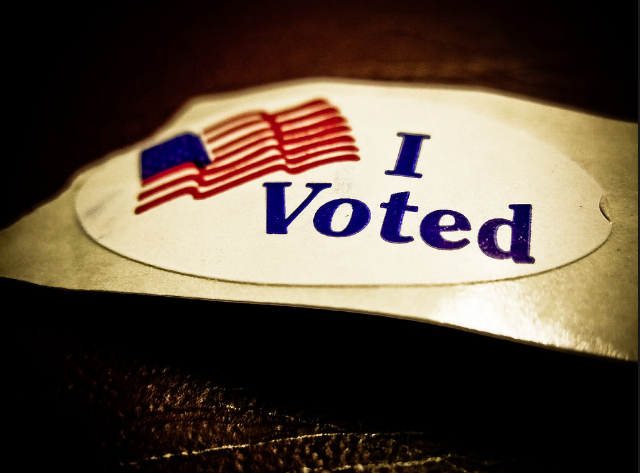What should investors expect in the forthcoming months in terms of political agenda? Is the European Union in the eye of the storm, with countries such as Italy currently under the scrutiny of markets, or is it the US, where the outcome of the presidential election will decide whether the country will enjoy a fiscal stimulus or not? According to Unigestion, rising income inequality and the drop in GDP per capita in the Western world help explain the behaviour of voters. How should investors hedge their portfolios against this political risk? Most of these factors are potential sources of volatility, but what if a genuinely anti-market leader comes into power in a large Western economy?
Political risk is everywhere these days: just look at the Brexit headlines, the US election debates and the drama around Brazilian President Rousseff. The resurgence of political risks is probably a result of a turnaround in the perception of what globalisation does to the world. Globalisation has been a rising trend since the end of World War II and it has accelerated since China joined the World Trade Organisation (WTO) in 2000. It has been an economic game changer: China experienced double-digit GDP growth at a time when Western economies had entered a period of structurally slower growth. The public is now showing signs of frustration regarding this phenomenon: what seemed a necessary evil, greasing the wheels of the world economy, is now perceived as a “rip-off”, as Donald Trump put it during his first debate with his Democrat opponent, Hillary Clinton. Beyond the theoretical debate around free trade, the perceived loss of economic sovereignty in the developed world is fuelling the rise of anti-establishment parties. The Brexit vote was the first crystallisation of this anti-establishment sentiment, and this anti-establishment theme will play a significant role during the heavily loaded political agenda in the remainder of 2016 and into 2017. We think political risk – the rise of political parties challenging the 20th century’s economic solutions – needs to be cautiously monitored as it is likely to be a factor in the performance of many investments.
Since many Trump fans are unlikely to openly admit to pollsters that they will vote for him, his real popularity is probably higher than the opinion polls suggest. Political uncertainty is therefore challenging for markets not because it brings about change but because that change is often preceded by a period of uncertainty. When listing potential hedges against political risks, investors typically think of gold, forex, equity volatility, bonds and the US dollar.

On average, implied volatilities display a tent-shaped pattern around US elections, rising in the month preceding elections along with the build-up in expectations and then falling quickly thereafter as the event becomes “priced in” or passes. A long position in volatilities therefore would work as a shock absorber to any risk-oriented portfolio. Safe- haven assets offered little protection on average. In the case of gold, it actually shows a reverse tent shape, posting negative returns ahead of and after elections: volatility seems the best potential hedge for such short-lived episodes.
«Political risk is on the rise, yet markets show little sign of pricing this in. There are fundamentals explaining its rise, and most of them will remain with us for an extended period of time: globalisation, lower standards of living and limited government leeway to change these fundamentals, fuelling popular frustrations. The US elections and later the Italian referendum are the next two events that investors should follow cautiously, especially as next year will feature potential anti-establishment votes. We recommend using forex and equity volatility to hedge this risk as these are the assets that show the strongest connection to such episodes of heightened volatility and the drying up of liquidity. The only caveat is that these approaches ought to work provided the political risk creates only short-term shocks, and not a longer-lasting blow to markets.» They conclude.

